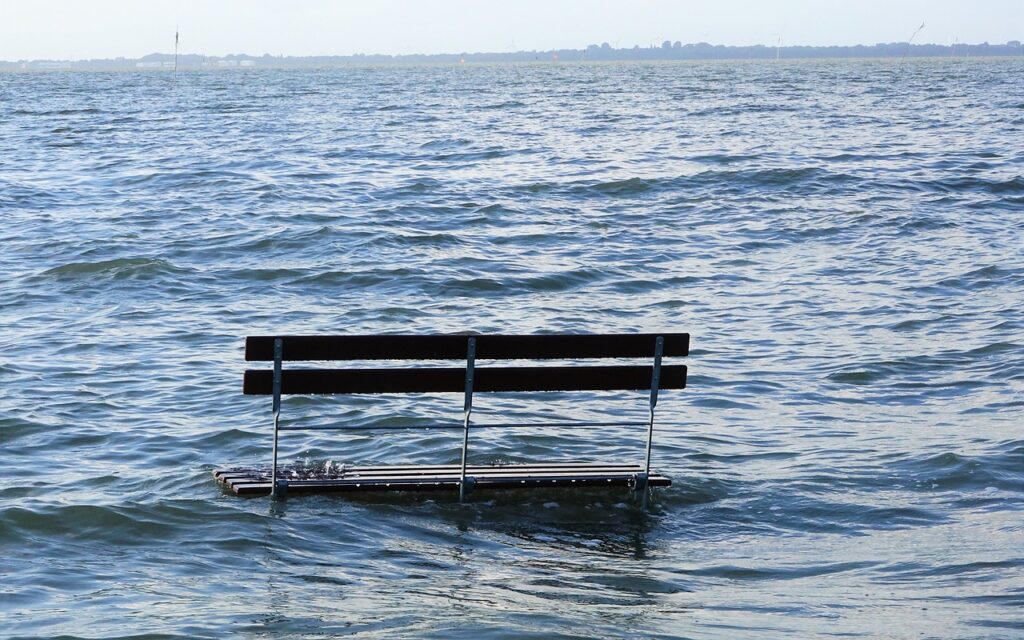An international study has found that sea level rise, even under high-end projections, would not exceed 90cm by the end of this century and 2.5m by 2300, if society is able to achieve the Paris Agreement goal of holding warming to no more than 2ºC.
However, the team of 28 scientists, stakeholders and other experts have stressed that sea level rise might be significantly greater — more than 1.6m by the end of this century and almost 10.4m by 2300 — under a scenario in which society emits greenhouse gas emissions at a very high rate.
The authors emphasized that, in both cases, the high-end projections show what might happen, rather than what is likely to happen. Although there are considerable uncertainties around glacier and ice sheet processes and the extent to which they will be affected by warming temperatures, such estimates are important for stakeholders who are working on long-term adaptation plans, including coastal land use.
William Lipscomb, a scientist at the National Center for Atmospheric Research (NCAR) and co-author of the new study, said, “Future sea level rise depends on the extent to which society can curb greenhouse gas emissions. Some sea level rise is inevitable, but we can avoid the most catastrophic scenarios if we act now.”
The new estimates are based on both computer simulations and observations, with a focus on such factors as the potential timing of an ice shelf collapse around Antarctica.
The study, led by Utrecht University, was published in the journal Earth’s Future. To view the complete study, click here.



